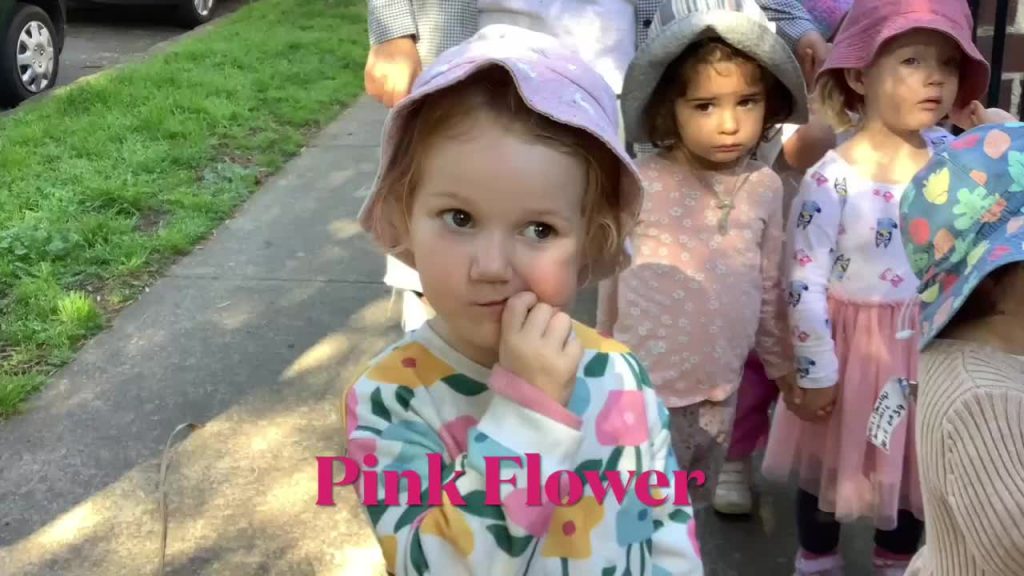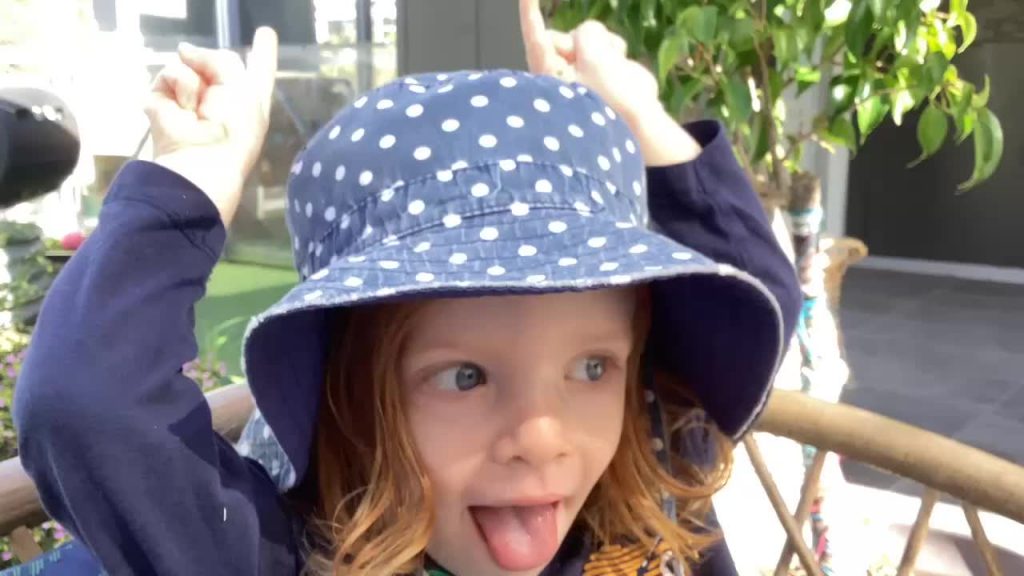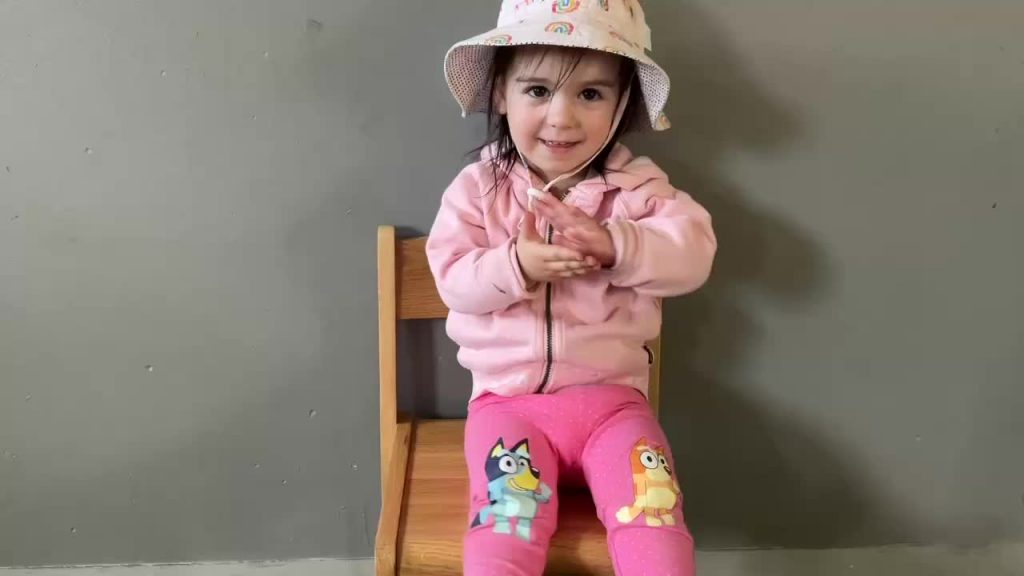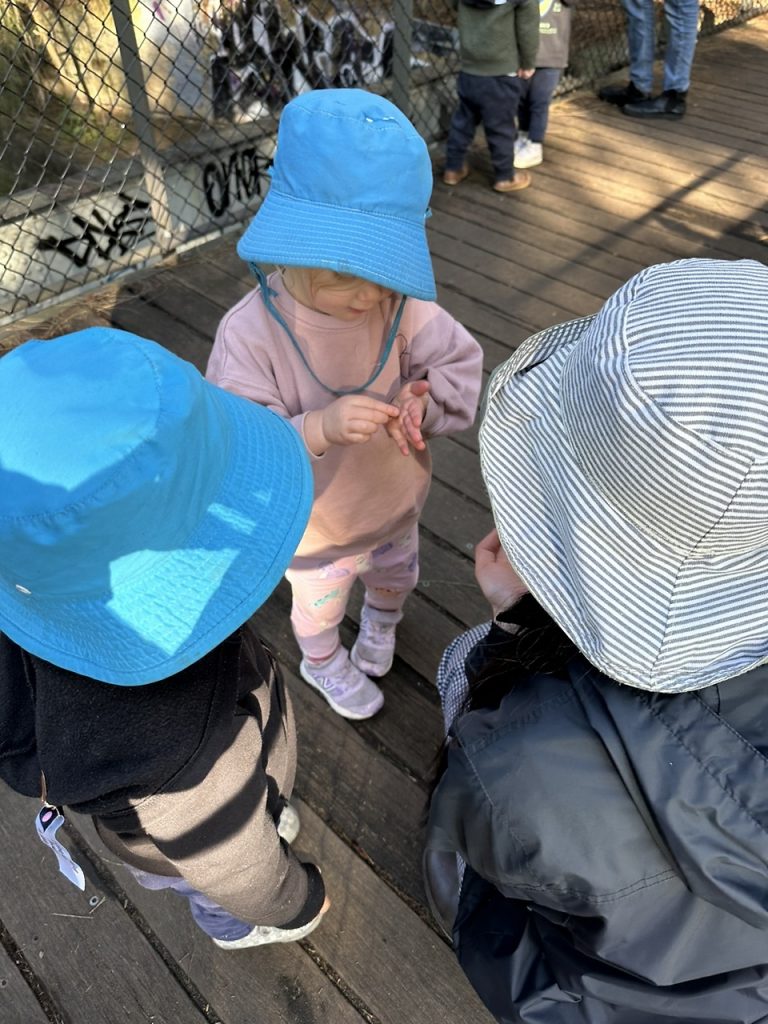By Linh Dao

The learning of Auslan sign language inspires and enriches our learning journey.
We know that babies and toddlers rely on gestures to communicate with others and by the age of two, their non-verbal vocabulary is significant. Embedding sign language as an intentional teaching practice embraces this very nature in young children’s ways of learning and opens a platform in which adults and children share their imagination and perception of the world.
Dr Elizabeth Austin from Macquarie University, who is well-known for her body of research on the link between gestures and education, states that
“Gestures can reflect real-world objects and communicate some aspects of thought more effectively than words.”
(Austin & Sweller, 2017, p2)


This belief also pays reference to Gardener’s multiple intelligence theory which addresses that we all have different learning styles. As such, when we combine gestures and words to describe something, children who are visual or kinaesthetic learners can connect the verbal explanation to the visual presentation. This dual coding process is believed to improve children’s comprehension and retention.
An example of this learning is when I introduced Auslan signing for Isabella’s Garden by Glenda Millard and Rebecca Cool. The tale itself is cumulative and such a great fit to reinforce children’s memory recall as they are new to Auslan signs. Soon enough, signing was taking place everywhere, and the Gulamany children were confidently teaching each other, their older peers and family members how to sign the story with enthusiasm.
It seems clear that the Auslan learning has tapped into the complexity of the children’s narrative comprehension, which later results in their strong sense of confidence to pass on this emerging knowledge.
The Auslan teaching has started in many ways at our school. Our friend Meghan from Inner West Paediatrics inspired us to explore sign language as support for children with speech delay. For me, I would say a part of this teaching stems from my ongoing interest in finger play as an ‘old-school’ way of delivering a song or a story using metaphoric gestures.

This intentionality transferred into a considerate selection of Isabella’s Garden to begin using Auslan with, but this hasn’t limited our exploration to literature only. The children soon began asking how to sign things they encountered during the day. Whether we are on excursions or wandering in the garden, we continuously look up and build upon our current Auslan word bank. We listen to children’s interests and co-research with them to build our collective knowledge.
Co-constructing and de-constructing are central to our practice. Very often we ask children questions such as, “If this is yellow [signing], and this is house [signing], then guess what I’m saying? [signing both]” This fosters the children’s capacity to analyse and hypothesise. One of the most challenging signs is ‘tree’ which requires both arms to sign. To support children’s internalisation, we break down the signs according to our own interpretation, “So this is the ground [one arm laying flat], then comes the trunk [the other arm erecting on top of the ground], then blooms the leaves [hand on top swaying].”
My recent conversation with Dr Austin has reinforced our current strategies in teaching Auslan to our 2–3-year-olds. This work has inspired us to reflect on the growth of our curriculum, in which the children have led us to gain a much deeper understanding of what the world means to them through the lens of “two hands and a tale”.

Linh is an early childhood teacher at Explore & Develop Annandale she has an interest in how 2 to 3 years olds learn, young children’s citizenship and how they connect to nature.
Austin E. E., Sweller N. (2014). Presentation and production: The role of gesture in spatial communication. Journal of Experimental Child Psychology, 122(1), 92–103. https://doi.org/10.1016/j.jecp.2013.12.008
Austin E. E., Sweller N. (2017). Getting to the elephants: Gesture and preschoolers’ comprehension of route direction information. Journal of Experimental Child Psychology, 163, 1–14. https://doi.org/10.1016/j.jecp.2017.05.016
Dargue, N., & Sweller, N. (2020). Learning stories through gesture: gesture’s effects on child and adult narrative comprehension. Educational Psychology Review, 32(1), 249–276. https://doi.org/10.1007/s10648-019-09505-0
Dargue, N., & Sweller, N. (2020). Two hands and a tale: when gestures benefit adult narrative comprehension. Learning and Instruction, 68, 1-13. [101331]. https://doi.org/10.1016/j.learninstruc.2020.101331
Hupp J. M., Gingras M. C. (2016). The role of gesture meaningfulness in word learning. Gesture, 15(3), 340–356. https://doi.org/10.1075/gest.15.3.04hup
Macoun A., Sweller N. (2016). Listening and watching: The effects of observing gesture on preschoolers’ narrative comprehension. Cognitive Development, 40, 68–81. https://doi.org/10.1016/j.cogdev.2016.08.005
McKern, N., Dargue, N., Sweller, N., Sekine, K., & Austin, E. (2021). Lending a hand to storytelling: Gesture’s effects on narrative comprehension moderated by task difficulty and cognitive ability. Quarterly Journal of Experimental Psychology, 74(10), 1791–1805. https://doi.org/10.1177/17470218211024913